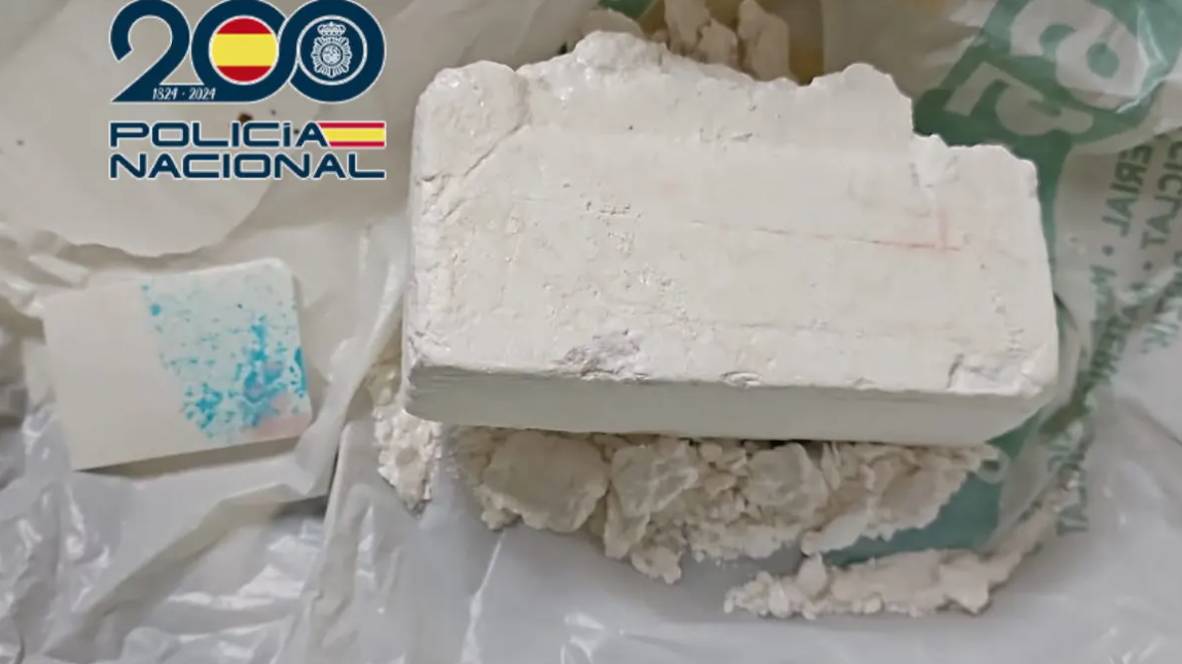With the advent of digitalisation, home fraud has not eradicated. Despite the fact that online schemes generate headlines and arouse apprehension, certain criminals persist in employing conventional methods to defraud citizens, occasionally integrating these traditional methods with more contemporary ones. In this regard, there has been recent discussion regarding a form of fraud that entails an everyday object, such as a plain orange envelope. This scam entails the insertion of letters that are visually appealing into the receptacles of individuals.
The envelopes either lack a return address or appear to be from official agencies, banks, or well-known corporations. The victims’ attention is captured through the use of phrases such as “urgent notice” or “last chance” and bright colours. The objective remains consistent: to elicit an immediate and emotional response.
An envelope may contain a letter containing instructions that, if followed, could compromise confidential information or access to bank accounts. In certain instances, a phone number that refers to premium-rate services or links to fraudulent websites via QR codes are included. In this type of fraud, psychological pressure is a critical factor: the language employed is designed to instill fear or urgency, particularly in elderly individuals.
How to identify and respond to a suspicious letter
The messages frequently include legal or administrative terms, such as “embargo,” “fine,” or “cancellation of services,” which are designed to duplicate official notifications. Under no circumstances should the instructions in the letter be implemented. The primary suggestion is to refrain from making calls to the number provided, refrain from scanning any QR codes, and consistently confirm the authenticity of the message with the purported sender through official channels.
If the fraud is verified, the most effective course of action is to destroy the letter and, if uncertain, notify the authorities. The most effective defence against this type of scam is prevention, as it exploits the normal appearance of traditional correspondence to infiltrate residences without eliciting immediate suspicion.








No Comment! Be the first one.